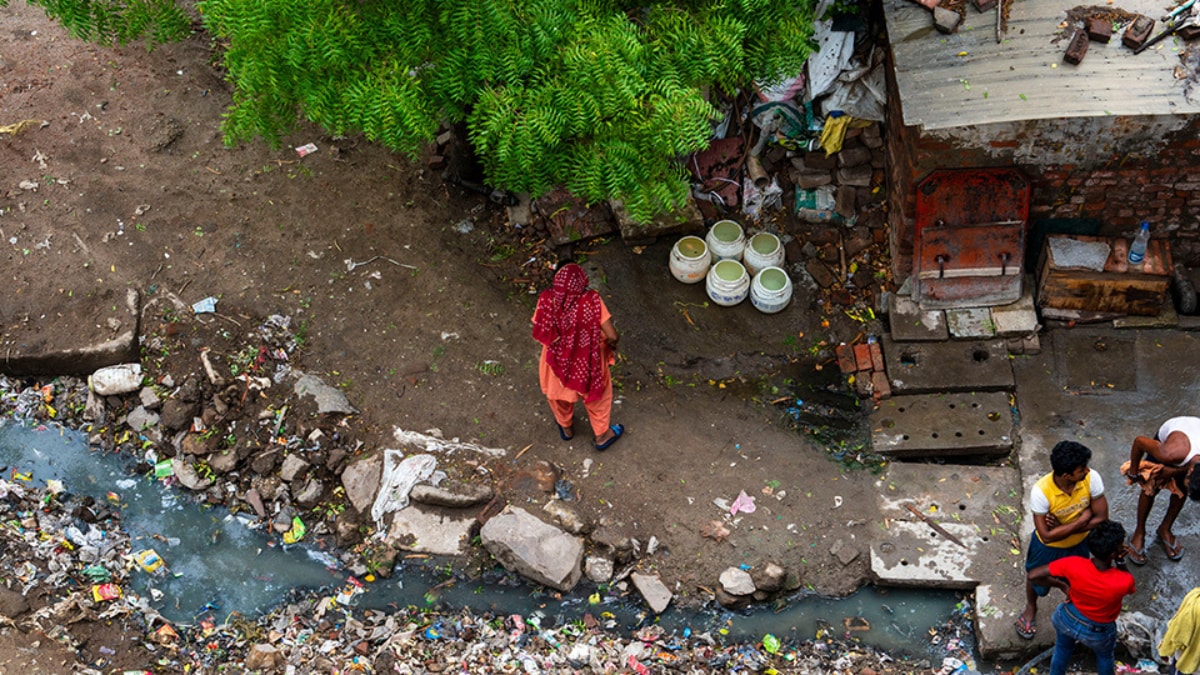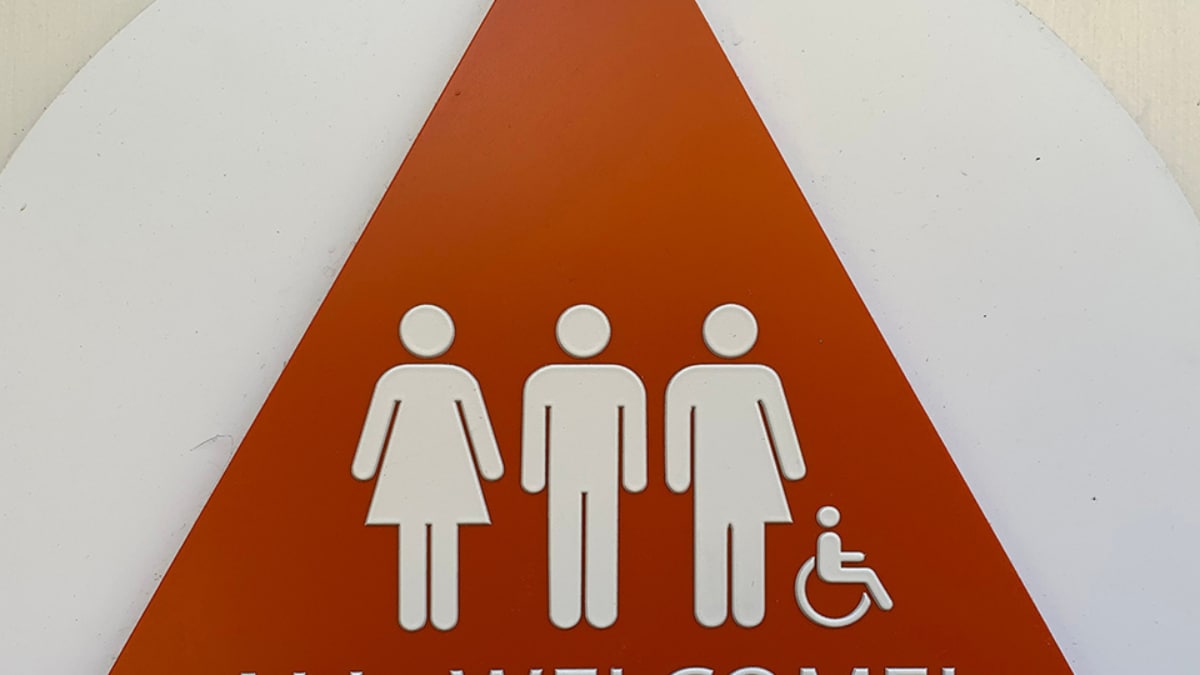- December 15, 2023
Sanitation Innovations in Space Technology – News18

When we think of the latest innovations or breakthrough technologies, we look up to the skies. In recent years, as a species, we’ve repeatedly stretched our boundaries by going further and further into space. India’s Mangalyaan and Chandrayaan made it to their destinations, SpaceX’s reusable rockets are ushering in a new era of affordable space exploration, and someday soon, we’ll think of a permanent moonbase in the same way that we think of the International Space Station.
Wherever we go, there are a few basic problems we always have to solve: food, water, shelter, and waste management being at the top of that list. The great thing about space is that it involves the creation of closed loops, which, by definition, are either zero waste, or as near zero waste as they can be. How we solve waste management and sanitation in space can have some great applications on Earth, particularly in areas that are remote, or where the geography challenges us to build differently.
Why would we use space toilets and sanitation systems on earth?
For those of us who live in well connected cities with abundant water supply and good municipalities, the idea feels absurd. But India is a land of mountains and plains and deserts and flood basins. We have well connected cities and remote villages. We have regions where we can’t build because they’re too remote, or set too high in the Himalayas, or where it rains too much or rains too little. This is where the advances made in space can be adapted to real world solutions for underserved communities.
Space missions need efficient and reliable systems for managing waste, recycling water and ensuring hygiene in extreme environments. These systems have to be compact, lightweight, energy-efficient and adaptable to different conditions. Seen from that lens, why wouldn’t we adapt these technologies for use back here on Earth?
Real world use cases for space technology in sanitation
Water Purification
Today, many advanced water purification systems use membrane filtration, ultraviolet radiation, catalytic oxidation and electrochemical processes to remove contaminants and pathogens from water, producing clean water for drinking, washing and irrigation. These systems are based on the technologies used to recycle water on the International Space Station (ISS) and other spacecraft. The ISS employs a state-of-the-art water recovery system that recycles an impressive 93% of the water present on board, even including sources such as urine, sweat, and condensation. Back on Earth, this technology can help us purify lower grade water to make safe, potable water available to communities that would otherwise have to do without.
Waste as Fuel for Energy Generation
Over the years, NASA has funded projects to explore the use of microbial fuel cells to generate electricity from waste organic material. In simple terms, this technology uses microorganisms such as Shewanella oneidensis MR-1 to convert waste organic material (including human waste) to electricity through biological processes. The heart of this breakthrough is the microbial fuel cell, a bio-electrochemical device generating “green energy” while addressing wastewater treatment.
One notable success story emerges from Kisoro, Uganda, where the implementation of this technology, aptly named ‘Pee Power‘, is using electricity generated from urine (using microbial fuel cells) to light up the toilet blocks and the roads and pathways leading to them. This has yielded social and health benefits for the community in various ways. Girls and women who hesitated to use the toilets at night due to safety concerns and fear of attack, can now do so with ease. 85% of women reported feeling safer using toilets, and this has resulted in much better health and fewer rates of infections and disease for these women, particularly during the vulnerable periods of menstruation and pregnancy.
Similar ideas are being explored in India as well. In fact, with India’s increasing focus on renewable energy, particularly energy generation from biomass wastes, projects like these can be the perfect fit from an ecological, policy and social value perspective. India has already had monumental success in creating toilet access through the Swachh Bharat Mission. The next logical step lies in improving these facilities through the right technologies and drive user adoption.
As the Sub-Group of Chief Ministers on Swachh Bharat Mission found, creating toilet access is just one part of the solution, the other lies in creating the behavioural change necessary to drive adoption, particularly in rural areas where these toilets can feel daunting for people who have never used them before. However, communicating the health benefits to the community, in addition to making these toilets easy to use and clean, will go a long way in achieving the dream of a Swachh and Swasth Bharat.
Fortunately, the GoI can count on numerous partners in this effort. Harpic, India’s leading brand in the lavatory care segment has championed the cause of toilet hygiene for decades now, through innovative and thought provoking campaigns and outreach programs. Harpic, together with News18, also created the Mission Swachhta aur Paani initiative 3 years ago. It is a movement that upholds the cause of inclusive sanitation where everyone has access to clean toilets. Mission Swachhta aur Paani advocates equality for all genders, abilities, castes and classes and strongly believes that clean toilets are a shared responsibility.
Under the aegis of Mission Swachhta aur Paani, Harpic has reached out 17.5 million children across the nation via their partnership with Sesame Workshop India to promote positive sanitation, hygiene knowledge and toilet behaviours among children and families through schools and communities. Through Harpic World Toilet Colleges, Harpic is also changing the way sanitation work is viewed, uplifting the entire profession, and creating dignity and safety for sanitation workers.
Moreover, through Mission Swachhta aur Paani, Harpic is creating a platform for the right stakeholders to come together to ideate and explore creative solutions to our problems today. These stakeholders range from elected officials to grassroots organisations, academics to social workers, innovators, sanitation workers, and affected communities.
These conversations are only the beginning, and there is much work yet to be done, and many innovations yet to come. Join us here to be a part of one of the most important transformations in the world today, as we make our way to becoming a Swasth and Swachh Bharat.






